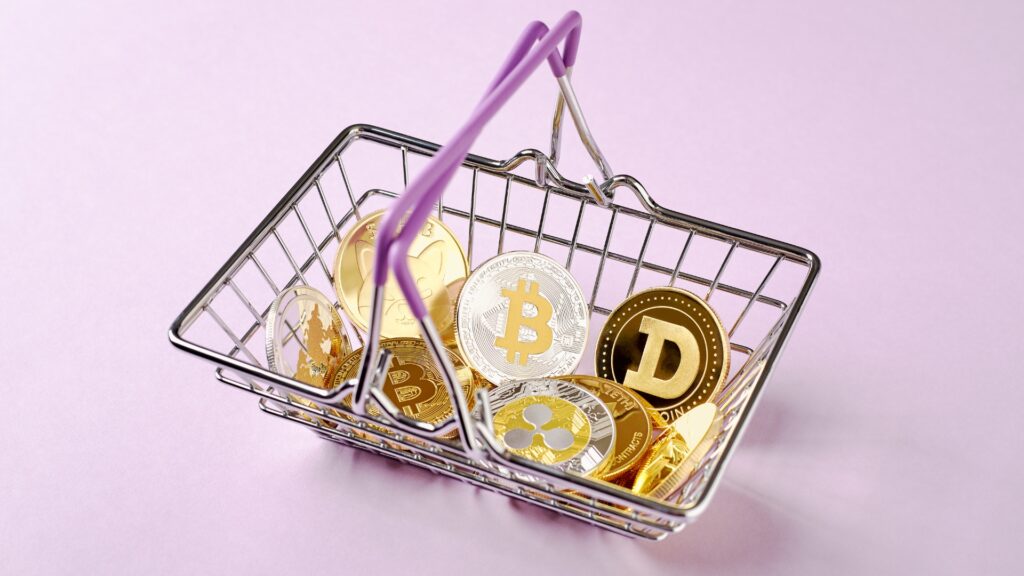The blockchain gaming industry has rapidly evolved, attracting both players and developers with promises of ownership, financial incentives, and innovative mechanics. Among the most debated models are play-to-earn (P2E) and play-to-own (P2O). Both approaches aim to redefine gaming economies, yet they serve players in very different ways. One focuses on immediate rewards, while the other highlights sustainable engagement and asset ownership. As blockchain gaming matures, comparing these two models becomes essential for understanding where the industry is headed.
Play-to-Earn: Gaming as a Pathway to Income
Play-to-earn emerged as one of the first mainstream applications of blockchain technology in gaming. The model rewards players with tokens or in-game assets that hold real-world value. The appeal lies in the idea that gaming no longer remains a leisure activity alone but transforms into a source of tangible income.
Projects adopting this model often involve players earning tokens through repetitive tasks, completing quests, or engaging in competitive matches. These tokens can be traded on exchanges, giving gamers a pathway to financial rewards. The early success of titles like Axie Infinity showcased just how powerful this concept could be, drawing millions of players globally.
However, the P2E model is not without its weaknesses. Sustainability has been a major concern, with many ecosystems collapsing under the weight of inflationary tokenomics. The overemphasis on profit-driven gameplay sometimes detracts from the fun, leaving games feeling more like work than entertainment. Games such as rollx game are now experimenting with ways to balance earning potential with engaging mechanics, hoping to overcome the pitfalls of earlier projects.
Ultimately, play-to-earn opened the door to a new kind of digital economy, but its reliance on constant player influx and token demand makes its long-term viability uncertain.
Play-to-Own: Shifting the Focus to True Ownership
Play-to-own takes a different path, aiming to give players genuine control over their digital assets. Instead of framing games primarily as income opportunities, the P2O model emphasises ownership of in-game items, characters, or land through non-fungible tokens (NFTs). These assets are portable, verifiable, and tradeable, meaning players can carry them across platforms or retain their value long after they stop playing.
The emphasis here is not on extracting wealth but on creating richer, more immersive experiences where the player’s efforts result in lasting digital property. For example, owning a rare weapon or customised avatar can hold sentimental as well as financial value. Unlike P2E, which often requires constant activity to remain profitable, P2O is more sustainable. Assets retain value even if the game economy slows, giving players confidence in their investments of time and money.
Developers benefit as well. With P2O, game studios can build communities centred around loyalty and long-term engagement rather than short-term profit-seeking. The shift toward ownership transforms games into ecosystems with staying power.
Comparing the Two Models
The tension between play-to-earn and play-to-own highlights the broader question of what blockchain gaming should be. Should it prioritise immediate economic opportunities or create sustainable worlds where digital property holds long-lasting value?
Play-to-earn has the advantage of attracting mass interest quickly, offering an accessible route for players hoping to profit from their time. Yet its weaknesses—such as unsustainable token inflation and shallow gameplay—often lead to community disillusionment. On the other hand, play-to-own may not offer fast income but provides stability. By treating assets as enduring property, it fosters deeper emotional investment in the game.
For many, the future of blockchain gaming may not rest on choosing one model over the other but finding ways to combine them. Imagine a game where players can earn tokens in the short term while simultaneously owning digital items that appreciate in value. Such hybrid systems could deliver both excitement and sustainability.
The Future of Blockchain Gaming
Looking ahead, play-to-own seems more aligned with the long-term vision of Web3. As gaming communities grow increasingly sceptical of exploitative models, ownership and sustainability resonate strongly. P2O also meshes well with the larger movement toward decentralisation, where users expect control over their digital identities, assets, and interactions.
Advancements in interoperability will also strengthen the play-to-own model. Players will likely seek the ability to transfer their owned items across multiple games or metaverse platforms. This portability not only adds value but also strengthens community ecosystems. For developers, the challenge lies in designing engaging gameplay while integrating blockchain technology in ways that feel natural rather than forced.
Meanwhile, play-to-earn is unlikely to disappear entirely. Instead, it may evolve into more balanced systems, incorporating mechanics that prioritise fun first and rewards second. When combined with ownership, P2E elements can help maintain player motivation without reducing the game to pure labour.
The “match” between these two models is far from settled. What is clear, however, is that blockchain gaming will continue experimenting with how best to merge financial opportunities with entertainment. Whether through play-to-own, play-to-earn, or a hybrid, the sector’s direction will shape how players interact with digital worlds for years to come.
Conclusion
Blockchain gaming has entered a new competitive era, where play-to-earn and play-to-own represent two powerful yet contrasting models. While P2E gained attention for turning gameplay into income, its shortcomings reveal the need for sustainable alternatives. P2O shifts the narrative toward meaningful ownership, offering long-term value and richer experiences. As the industry grows, hybrid systems may emerge, blending short-term rewards with lasting digital assets. The future of gaming rests not on which model wins but on how they can work together to redefine what it means to play in Web3.

 Ricky Morenolendez is a key contributor at The Digi Chain Exchange, recognized for his deep expertise in cryptocurrency and blockchain technology. With years of experience in analyzing market trends and providing actionable insights, Ricky has become a trusted voice in the crypto space. His work focuses on helping investors understand the nuances of digital assets, from Bitcoin to emerging altcoins. Ricky’s dedication to educating the community on market strategies and crypto developments has made him an invaluable asset to The Digi Chain Exchange team.
Ricky Morenolendez is a key contributor at The Digi Chain Exchange, recognized for his deep expertise in cryptocurrency and blockchain technology. With years of experience in analyzing market trends and providing actionable insights, Ricky has become a trusted voice in the crypto space. His work focuses on helping investors understand the nuances of digital assets, from Bitcoin to emerging altcoins. Ricky’s dedication to educating the community on market strategies and crypto developments has made him an invaluable asset to The Digi Chain Exchange team.

